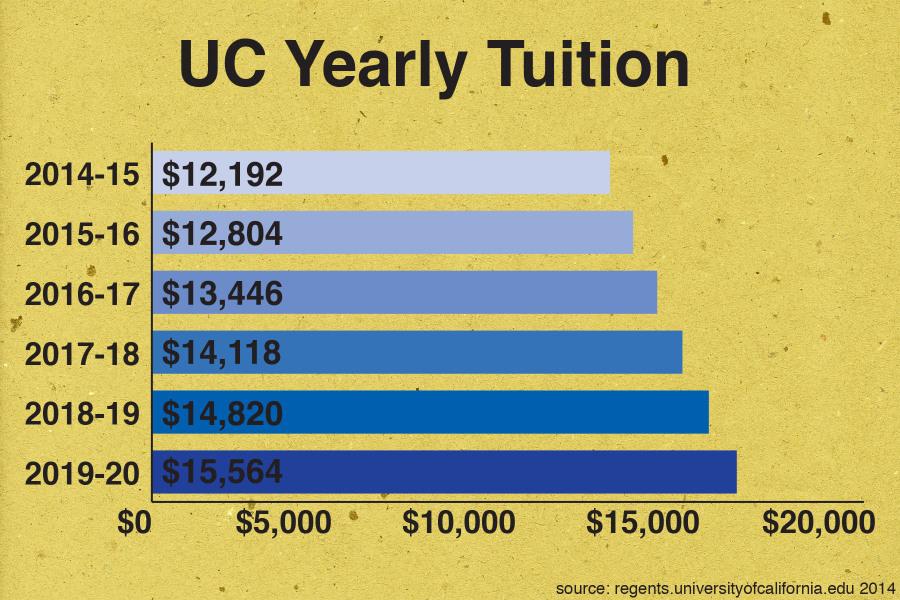The Academic Senate finalized their suggestions for budget cuts last Wednesday and it includes a plan to add fees to free Continuing Ed classes and to cut 440 credit sections.
But the plan only saves $3.5 million and the college must still cut an additional $3.33 as it faces future budget cuts from the State.
The Academic Senate prepared the tentative budget suggestion to present it to the Board of Trustees, who make the final call on the college’s budget.
The exact amount of cuts has yet to be determined by the state, so the senate worked with two different scenarios, one with a $6.8 million cut and the other with $10.5 million. Following committee discussions, the senate decided to go with the lower projection.
“Let’s not be super pessimistic, but a little optimistic,” said Library Director Kenley Neufeld.
Regardless of the scenario, it was clear that many sections would have to be scratched, but it’s not yet decided which. To determine how sections should be cut fairly across the college, Jack Friedlander, executive vice president of educational programs, presented a suggestion of a joint list of criteria that would apply to all departments.
“Something’s got to go,” Friedlander said. “How do we do that in an ordering manner?”
The suggestions for criteria included prioritizing required courses ahead of personal enrichment, but this faced opposition in the senate. Theatre arts professor, Tom Garey, gave an example of Theatre Arts 111 “Beginning Acting.”
“For some it’s just recreational,” Garey said. “But for some it’s a part of their major.”
“Everything is so different from discipline to discipline,” said Ester Frankel, associate professor in the computer information system department. “Just by looking at statistical data is not going to help.”
Therefore the idea of having joint criteria wasn’t adapted by the senate. Instead, each department chair and dean will now sit down and discuss what sections they can cut.
The goal is to finish the discussions by August when schedules are set for spring 2012, so the section cuts are incorporated.
A section is an individual course with a CRN number. English 110 is a class, but is has multiple courses available to take. Each course is a section, and a total of 440 must be eliminated to save money.
Classes required for transfer might receive priority over personal enrichment classes. This means departments with many personal enrichment classes may suffer a greater number of cuts than other departments.
“I am the elephant in the room,” said Kathy O’Connor, associate professor of the physical education and health education departments.
But O’Connor said she was okay with the fact that math and English classes will hold priority over her department.
“We will take a big hit, and I accept that,” she said.
Another part of the budget will affect Continuing Ed, as $800,000 will be saved from their non-credit, non-enhanced courses. The non-enhanced courses are those that are considered as personal enrichment.
The way to keep all classes in Continuing Ed, but still save the money, is to require fees for some of the courses. Senate President Professor Ignacio Alarcon explained that there are currently 20 fee-based courses, but it’s not sure how many more there will be after the new proposal.
While there won’t be lay-offs or furloughs, $720,000 is scheduled to be saved by not replacing faculty positions that become vacant in the next three years. The only exception for the policy will be if a small department depends on that position.
The senate wanted something to present to the board while the plan appears incomplete.
The trustees will complete their tentative budget in May and make their adopted budget in August.
Targeted sections to reduce:
- Spring 2012: 70
- Summer 2012: 30
- Fall 2012: 90
- Spring 2013: 60
- Summer 2013: 30
- Fall 2013: 100
- Spring 2014: 60
- Total: 440
Total expenditure reductions: $3,474,018.21
Remaining expenditures yet to identify: $3,325,981.79
Source: Academic Senate















